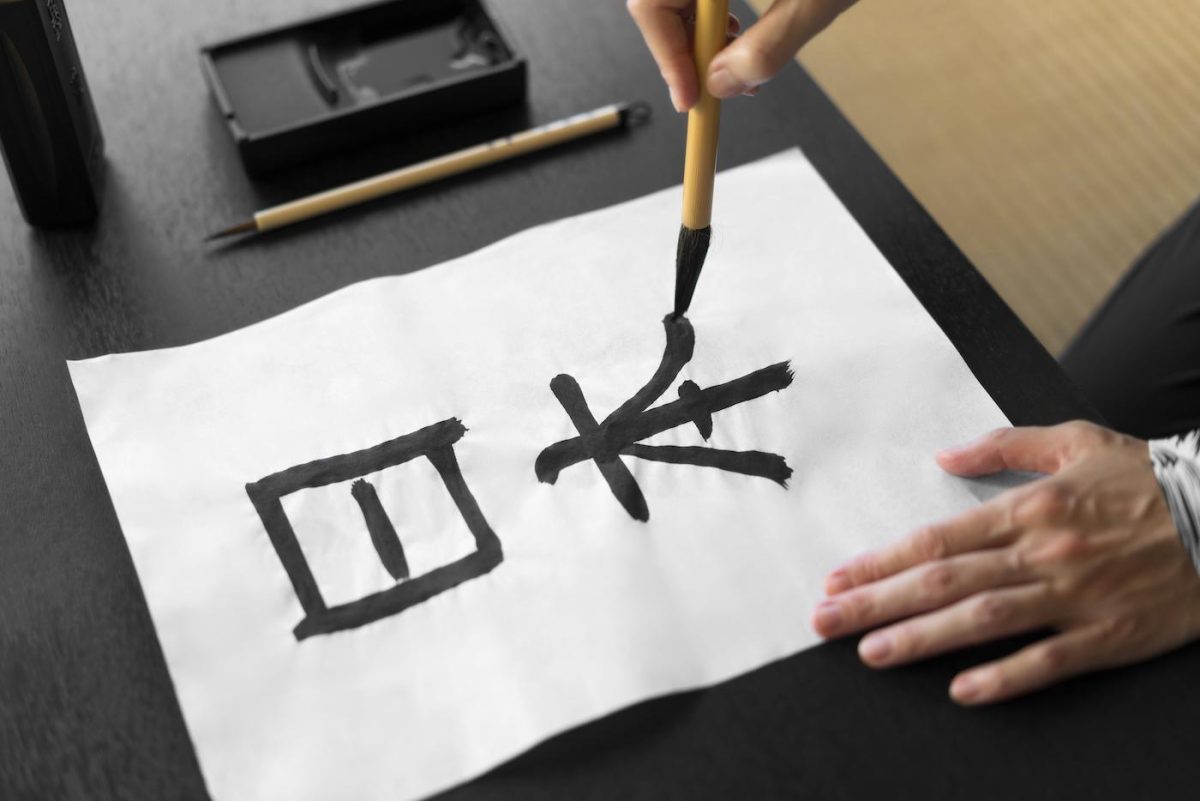The team lead is already pacing near the door, muttering about the demo for the enterprise client tomorrow morning. This content will be used to train thousands of employees across their organisation. The developer then reaches up and clicks the red “Stop Deploy” button in the Slack channel.
Within seconds, the deployment pipeline freezes mid-push. The notification explodes across every screen in the office; phones buzz, the mounted wall dashboard flashes red. The deployment has been rolled back at the last minute. The Lead Dev looks up from their laptop. Instead of anger, there’s immediate attention.
“Let’s gather around and review this blocker, folks. I’ll buy the pizza.”
Stopping in a culture of moving fast
These days, teams have to move fast and have to have the guts to do an “all stop” so issues don’t get passed on to consumers, ruining the user experience.
Some teams are resistant to this because they want to go at breakneck speed and not stop, but I’d rather do it right than do it twice.
The andon cord is a manufacturing concept that originated in Toyota’s production system, representing a powerful principle of worker empowerment and quality control.
What is it?
An andon cord is literally a cord or pull rope positioned along an assembly line that any worker can pull to stop production when they notice a problem, defect, or safety issue. When pulled, it typically triggers lights or signals (called “andon boards”) that alert supervisors and other workers to the issue.
Back when Toyota created this concept back in the 50s and 60s it was unheard of, and expensive, to stop a production line. Today when building a product, we’re less tied to the physical world so there are fewer consequences to stopping the line.
How does this apply to design today?
Make sure you have an andon cord in place. Can you call an all stop when you discover your customers want something more than what you’re building? Can you all stop if you discover you’re moving in the wrong direction?
Building a product at a consistent speed and stopping to reassess when needed is the hallmark of a great team. Imagine climbing a mountain and not changing course when a crevasse suddenly opens up in front of you! In this case it’s more expensive to keep going than it is to stop.
Today the best teams are agile and move quickly to innovate and solve customer problems and they are not afraid to stop to review an issue when an obstacle appears.
As designers we are always looking forward into the future, we listen to our users to discover what they want and how they are using our product. Make sure there’s an andon cord in place so you can stop the train and course correct.
Three examples
1. Amazon’s “Stop the Line” Button
Amazon warehouse workers have access to physical buttons they can press to halt conveyor belts and operations when they spot safety hazards or quality issues.
2. Software Deployment Kill Switches
Tech companies like Netflix, Google, and Etsy have implemented automated and manual “circuit breakers” that allow engineers to instantly roll back or halt software deployments if problems are detected.
3. Hospital Rapid Response Teams
Many hospitals now empower nurses, technicians, and even family members to activate rapid response teams when they observe a patient’s condition deteriorating, even if doctors haven’t noticed yet. Some hospitals have literally installed emergency call buttons that any staff member or visitor can use.
Don’t pull the cord too much
Pulling the andon cord too much can start to look like “The boy who cried wolf”. Only use it when the evidence is clear and doing so fits in with your product plan. You have to have a culture of continuous improvement from the top down in order for this concept to be acceptable.
The Andon Cord means quicker collaboration
In mission-critical environments, the andon cord can mean the difference between life or death. In less serious situations, it can lead to better efficiency and even increased service and profits.
When quality matters more than speed, this concept makes a lot of sense. It makes less sense in things like a running race, a battle (Lao Tzu’s “The Art of War”), or any situation where slowing down would cause more issues than not.
Does your team have an andon cord? How does it work for you?
